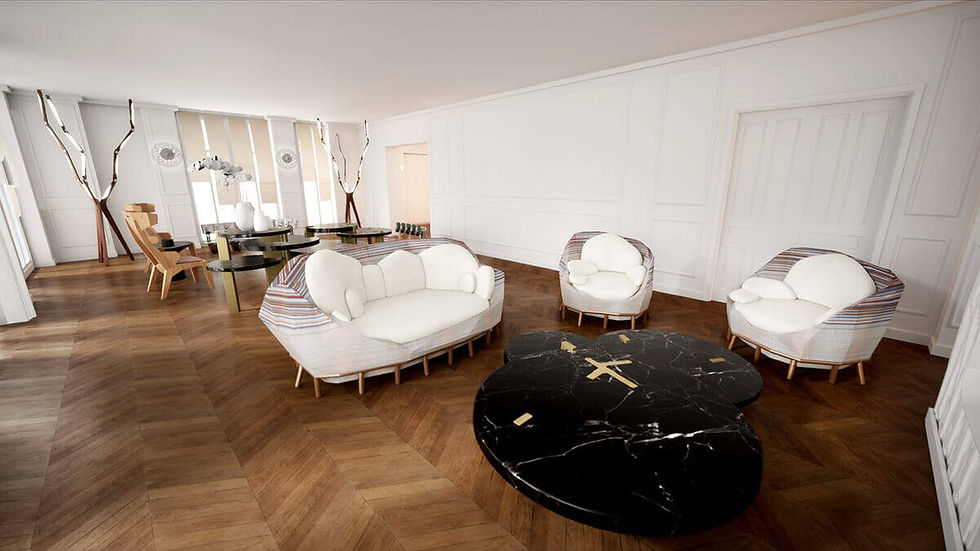Real-time and offline 3D rendering: what are the differences?
- jordanerichter
- May 12, 2022
- 2 min read
Updated: Sep 22, 2023
In a visual world, paying attention to images and details can make a difference. More than words, images hold consumers’ attention and engage them more. They will be even more effective if they are of high quality.
Traditionally, there is a contrast between offline 3D rendering and real-time 3D rendering. These rendering technologies give brands the choice to produce different content that is both qualitative and engaging.
But what are the differences between these technologies? Do they have the same level of rendering?
What is offline or pre-computed 3D rendering?
Offline rendering allows you to have very high quality graphics, which can be close to reality. It does not offer any interactivity because, as the name suggests, everything is calculated beforehand by a computer.
This technology is mainly used by the cinematographic or real estate industry to present products and replace real photoshoots, for example. It is therefore a rendering dedicated to visualization.

What is real-time 3D rendering?
Whereas real-time rendering incorporates the notion of interactivity because the scene, composed of a multitude of images, is calculated instantaneously just before being displayed on a screen. This gives the impression that the scenes unfold in real time with each user interaction. However, although the rendering quality is still decent, it will not be as good as in offline rendering.
This technology is particularly used in video games. As a result, the user can interact with the 3D scene using various devices such as mouse, keyboard, joystick, tablet, etc. Overall, this technology can be found in most devices: from iPhones, computers and VR headsets, to video game consoles.

Offline VS Real-time: When the line becomes increasingly blurry
But today, we notice that graphics cards and render engines have improved their software and hardware performances in order to push further and further towards photorealism. The gap between real time and offline is therefore narrowing more and more. Moreover, this gap is shrinking even more with the emergence of a technological breakthrough called ray-tracing (RTX).
Ray tracing is a graphic rendering technique that simulates the path of light rays and their interaction with various materials, resulting in a very realistic final rendering.
LS GROUP teamed up with Unity, NVIDIA and BMW to produce a video highlighting the real-time graphics prowess/achievement of RTX. The aim was to showcase a real BMW 8 Series Coupe and its virtual version to demonstrate that the line between real time and reality is blurred. As a result, the content generated was 90% accurate to reality.
If this is only the beginning, it demonstrates the fact that it is possible to achieve a quality close to pre-computed, but in real time. Perhaps this is a harbinger of a near future where video games and VR/AR/MR content can enjoy photorealistic visual quality?
___________
Eager to find more information about 3D tech?
LS GROUP believes in the potential of 3D technologies. We strive to better meet the needs of each of our clients, in order to provide them with a memorable virtual experience.
Feel free to contact us for more specific information about our projects!